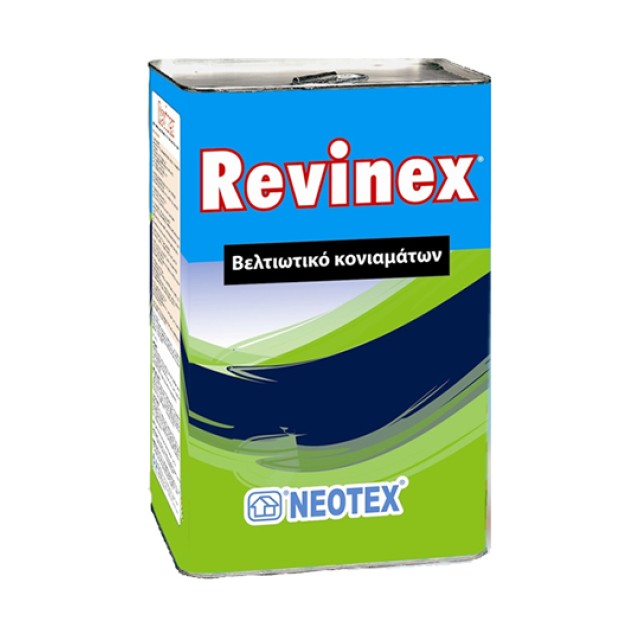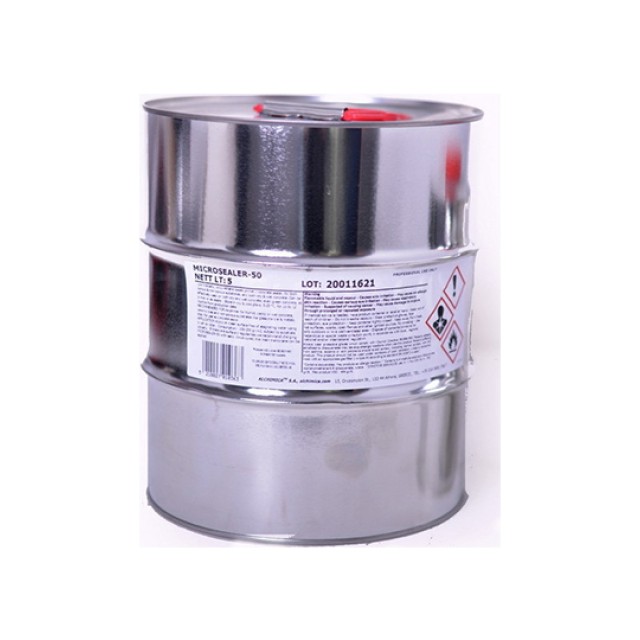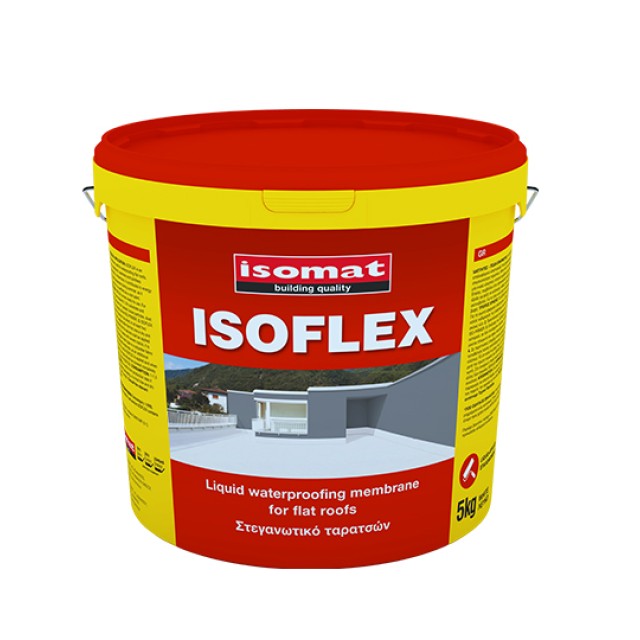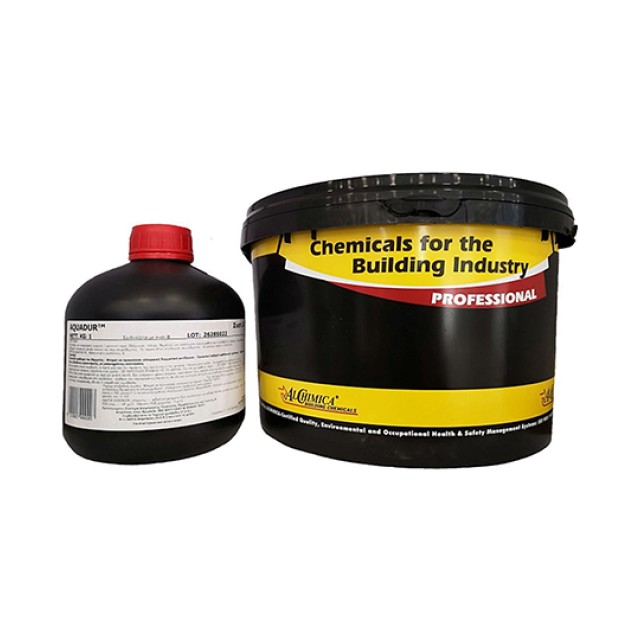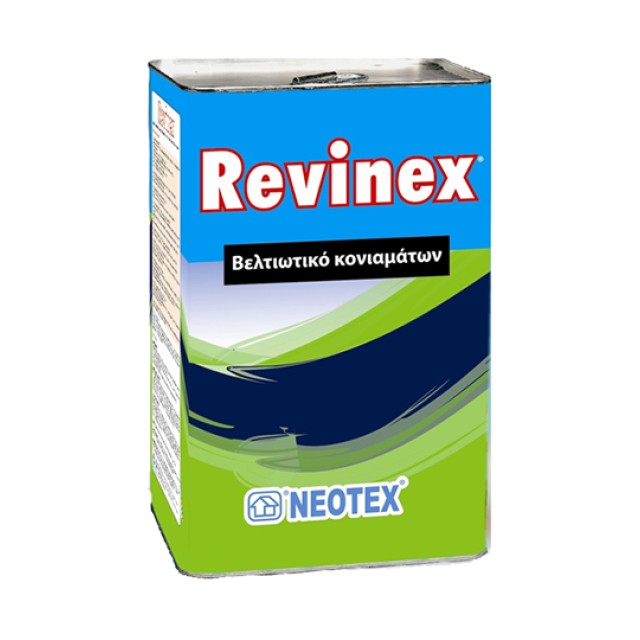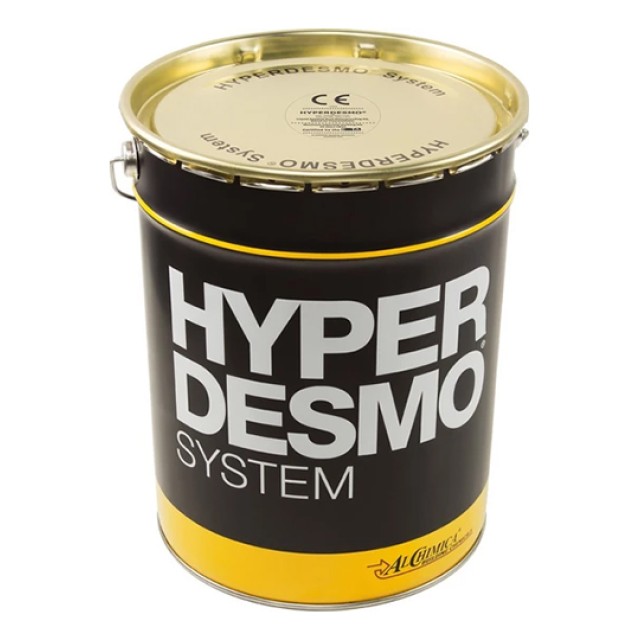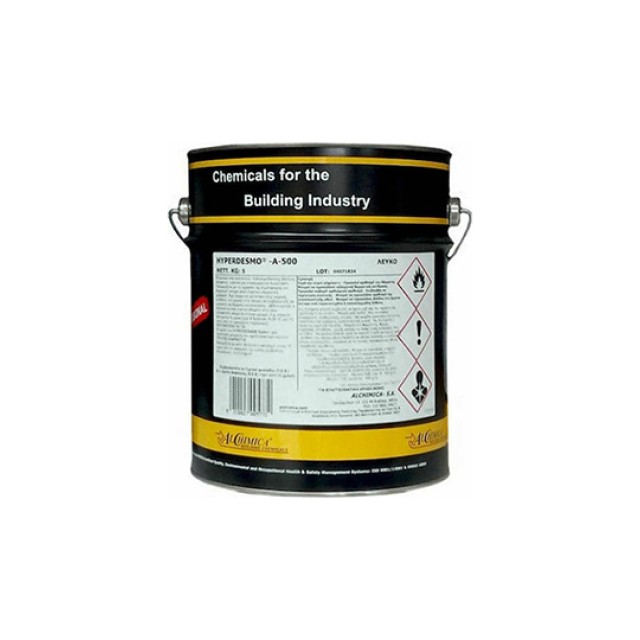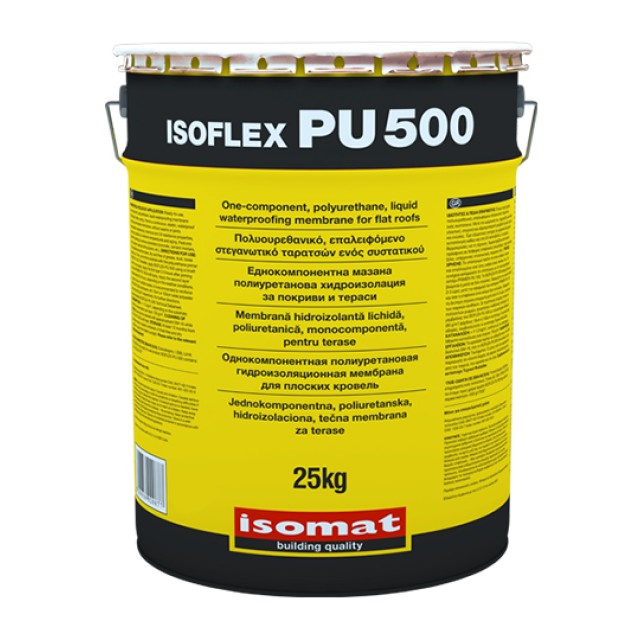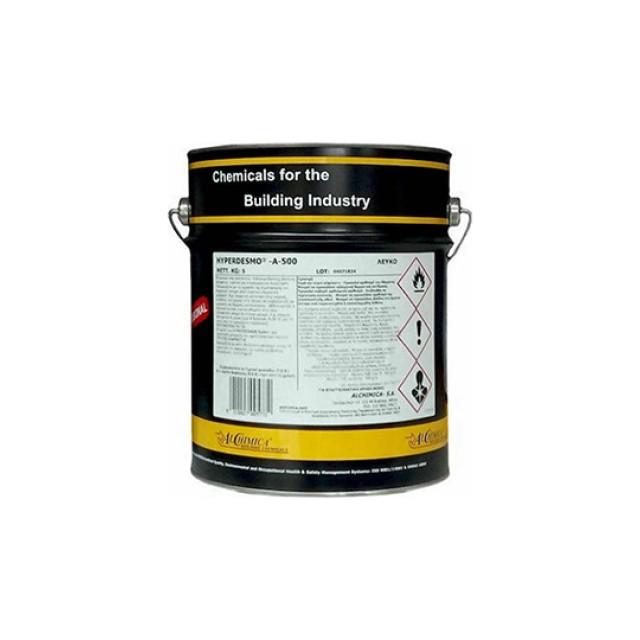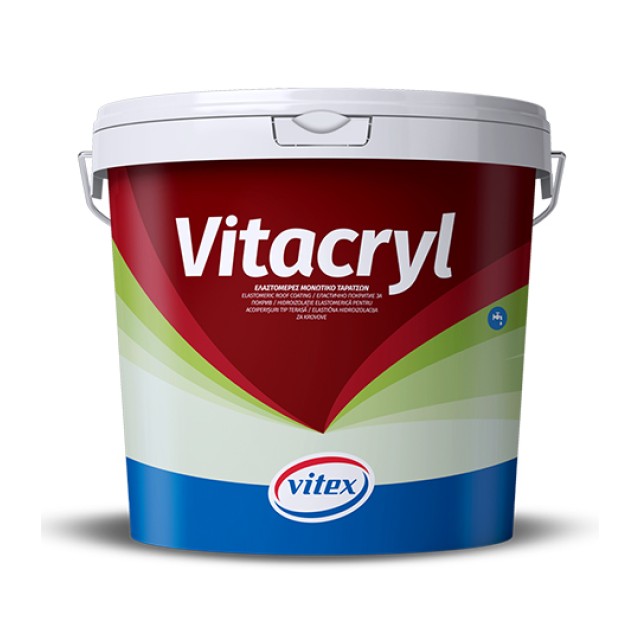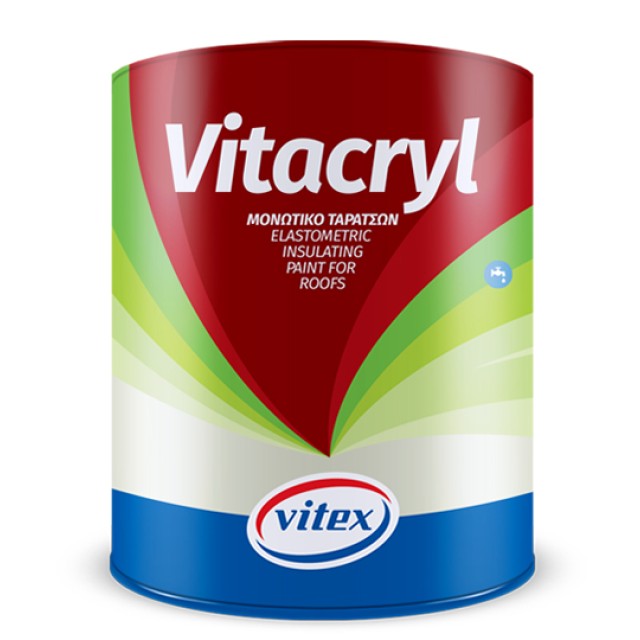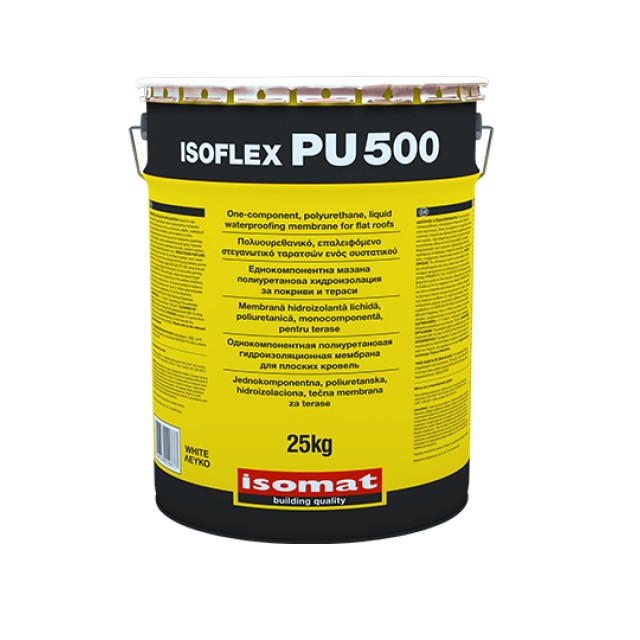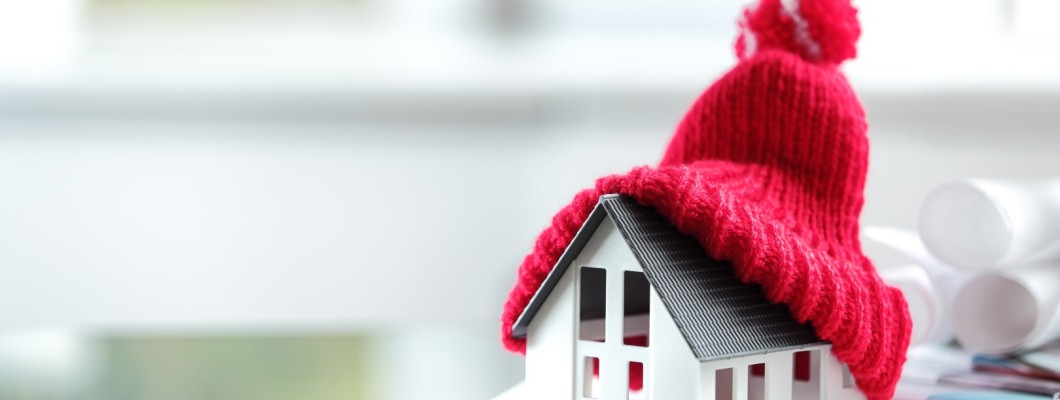
Minimization of hydrothermal deformations using mineral wool external thermal insulation system.
The biggest issue faced by complex external thermal insulation systems is the hydrothermal deformations during their operation. These deformations are related to the temperature conditions they are required to deal with, either at low temperatures in the countries of Northern & Central Europe, or at high temperatures in Southeastern Europe due to sunlight, combined with the relative humidity inside the coatings.
The relative humidity increases the thermal expansion coefficient, resulting in the creation of intense deformations, which in turn lead to local cracking. Actually, this phenomenon makes the conventional external thermal insulation systems inoperable or inactive over time.
The problem is very common throughout Southern Europe due to intense sunlight, including also Greece and Cyprus, and especially in oriented faces that show a high value of the rate of incident precipitation (rain) or in environments with very high relative humidity such as coastal cities and islands. The problem is exacerbated when the thermal insulation material of the substrate also shows high hydrothermal dimensional changes.
Taking into account the dimensional stability of the materials in hydrothermal deformations according to DIN 4108-10, it is found that the use of complex mineral wool external thermal insulation systems are the most durable and safe choice.
The difference between mineral wool and foam insulation lies in the fact that on the one hand it has an open structure and not closed cells that change their volume, therefore the volume of the thermal insulation with temperature. On the other hand, it has a lower thermal diffusion (α), due to higher density (ρ), and heat capacity (Cp): α = λ / p.Cp.
In addition, the mineral wool with a coefficient of resistance to water vapor diffusion, μ = 1 achieves continuous dehumidification even in areas with high relative humidity and high value of the coefficient of precipitation due to rain, ultimately leading to a minimal humidity effect.
In conclusion, the mineral wool used as a material in complex external thermal insulation systems is the best way to protect the building in any climatic conditions, keeping the value of the owners' investment and the function of insulation active.

